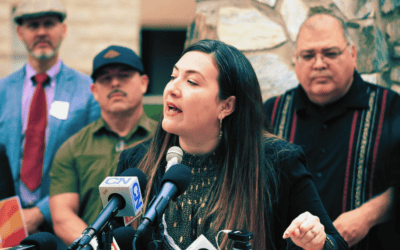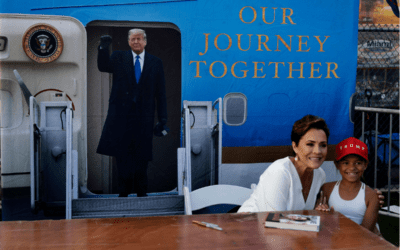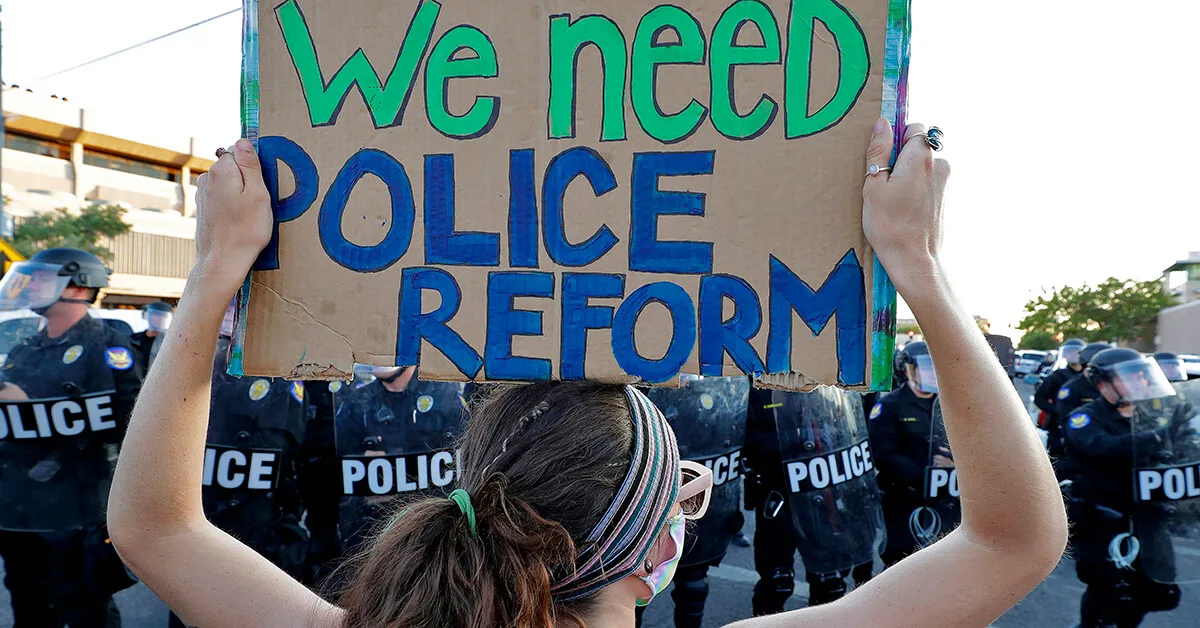
AP Photo/Matt York
Maricopa County-area law enforcement shot more people in the months since Floyd’s death than in previous years.
It’s been seven months since George Floyd died under the knee of a Minneapolis police officer.
The outcry over his death — and the deaths of others locally at the hands of Valley police officers — brought hundreds into the streets of downtown Phoenix for weeks. Night after night, protesters gathered to demand police reform. Local lawmakers promised change.
But, six months later, the crowds have gone and the momentum for change has seemingly come to a standstill in most cities. In fact, Maricopa County-area law enforcement shot more people in the months since Floyd’s death than in previous years.
“It just shows us that not much has changed,” Viri Hernandez, an organizer with the advocacy group Poder in Action, said. “It means that we just have to keep fighting.”
As advocates continue to push for police reform, some cities are in the early stages of following through.
Shootings on the Rise Since Floyd’s Death
At first, local leaders said they were committed to improving relationships between the public and police in the weeks following Floyd’s death. Police chiefs were photographed walking among crowds of demonstrators. Phoenix City Council ramped up their existing efforts to create an oversight committee that would review police shootings and excessive-force claims in the months after.
Activists welcomed these signs of progress after years of escalation. Phoenix seized the grim title of the most police shootings in the country in 2018, and in 2019, the city’s police department was the subject of national scrutiny again after a video of an officer holding an unarmed pregnant woman, her partner, and their young child at gunpoint for allegedly shoplifting went viral.
Groups like Poder in Action, Black Lives Matter Metro Phoenix, and others called for change — and, to some extent, leaders listened. The outcry over Floyd’s death and a number of local shootings involving Phoenix police kept the issue at the forefront. The department began releasing edited body-worn camera footage sooner after some shootings and bolstered the data published online to improve transparency. Other cities made similar efforts by starting to release footage and data from use-of-force incidents online.

And the Maricopa County Attorney’s Office charged a Mesa police officer with aggravated assault for shooting an unarmed man for the first time since 2016 — only the second time in nearly a decade.
But the charges were ultimately dropped after a judge said the case lacked sufficient evidence to move forward. And, in November, efforts to create Phoenix’s oversight committee came to a standstill after the city council voted against adopting an ordinance that would have started the process of actually hiring staff.
Advocates grew frustrated with the proposal by the time of the vote as the original language was essentially neutered to only allow the civilian oversight office to witness police investigations, not conduct their own.
The blows were preceded by MCAO declining to file charges against the Department of Public Safety trooper who shot and killed Dion Johnson. The 28-year-old unarmed Black man was shot after a struggle with a Hispanic trooper along a Phoenix freeway on May 25. Outrage over his killing combined with local protests over the death of Floyd.
“This is just another example of the devaluation of a Black human life,” Phyllis Tyson, a spokesperson for Black Lives Matter Metro Phoenix, said in response to the announcement that the trooper would not be charged.
Despite the calls for change and increased public scrutiny, Maricopa County law enforcement actually shot more people in the months since Floyd’s death than in previous years. According to data maintained by the Maricopa County Attorney’s Office, police county-wide shot 29 people since May 25 — eight more than the 21 reported during the same time frame in 2019 and the 25 in 2017.
Overall, 51 people have been shot at by Maricopa County law enforcement in 2020 through Dec. 4, which is up from the 42 people in all of 2019 and the 43 in 2017. However, the numbers are still lower than the record 82 people shot at in 2018.
Phoenix police alone reported 23 shootings through Dec. 4. The shootings are down significantly from the record 43 shot at in 2018, but up from the 16 during the same time period in 2019 despite promised efforts to overhaul training and improve responses to those in crisis.
“When it comes to politicians, change, and the things promised—we haven’t seen those shifts,” Hernandez said. “Thirteen people died at hands of police in 2020 [as of Dec. 7]. It shows us that they said the right things, but not much has changed.”
‘The Moment Called for This Conversation’
When asked if any cities followed through, Hernandez pointed to Tempe.
To some, this answer may be surprising. Tempe has repeatedly been under scrutiny over the past few years for a number of high-profile use-of-force cases, including the 2019 shooting of 14-year-old Antonio Arce by an officer as he fled while carrying an airsoft gun. Both Arce and the officer—identified as former Tempe police Officer Joseph Jaen — were Latino. The department also came under fire after a white officer was accused of repeatedly using unwarranted levels of force against unarmed Black men.
Since these incidents, the city council and police department have undergone major changes.
Newly-elected Mayor Corey Woods, who is Black, was sworn in just weeks after Floyd’s death. Woods immediately made police reform one of his top priorities, saying the city must examine police procedures and officers’ interactions with people of different backgrounds during his swearing-in.
Soon after, Chief Sylvia Moir, who was at the helm of the department during a number of the high-profile incidents, resigned as the city sought to make changes within the department.
The city then created a police task force to examine the department’s policies and procedures in addition to addressing the department’s alleged disparate treatment of people of color. The group includes city officials, faith leaders, local activists, and former elected officials. Their recommendations are expected to be ready in early 2021.
“It was something I wanted to do because I saw the moment called for this conversation,” Woods told The Copper Courier.
Following the recent use-of-force cases, interim Chief Jeff Glover announced a number of operational and policy changes, including implementing additional levels of internal review for these incidents, strengthening professionalism standards, and ensuring every officer undergoes de-escalation training.
The department is also implementing a number of new policy changes to meet the requirements of the 8 Can’t Wait organization in early 2021, which requires participating agencies to implement a number of changes shown to reduce police brutality, including banning the use of chokeholds, changing reporting systems for use-of-force incidents, requiring officers to intervene if they witness misconduct, and more.
These changes were met with skepticism at first, according to Woods. Some thought they were just promises that would never amount to anything, while others accused it of being a thinly-veiled attempt to dismantle the police.
Hernandez also pointed to Tempe’s push to identify other ways police funding can be reinvested into social services to reduce the use of police.
“The conversation isn’t about making police nicer, but about stopping the shootings,” Hernandez said.

Movement Continues
The death of Floyd made it impossible for people to ignore what was happening any longer.
“It was so present everywhere,” Hernandez said. Politicians and the public “were hearing it constantly on the streets and on social media.”
Hernandez said it also showed those impacted by police violence that they’re not alone. Together, they felt empowered to come together and question what the police were saying. They gathered recently to commemorate those killed by police with a mural near 10th Street and Camelback Road.
“I know people are connecting naturally and trying to figure out what needs to change so this doesn’t happen to another family—another mother, another sister,” Hernandez said.
And the movement is still there even if people are not protesting on the streets like they were over the summer.
“What remains is a much larger number of people and businesses in all walks of life that are saying, ‘This is not OK.’ They’re asking what they can do,” said Hernandez.
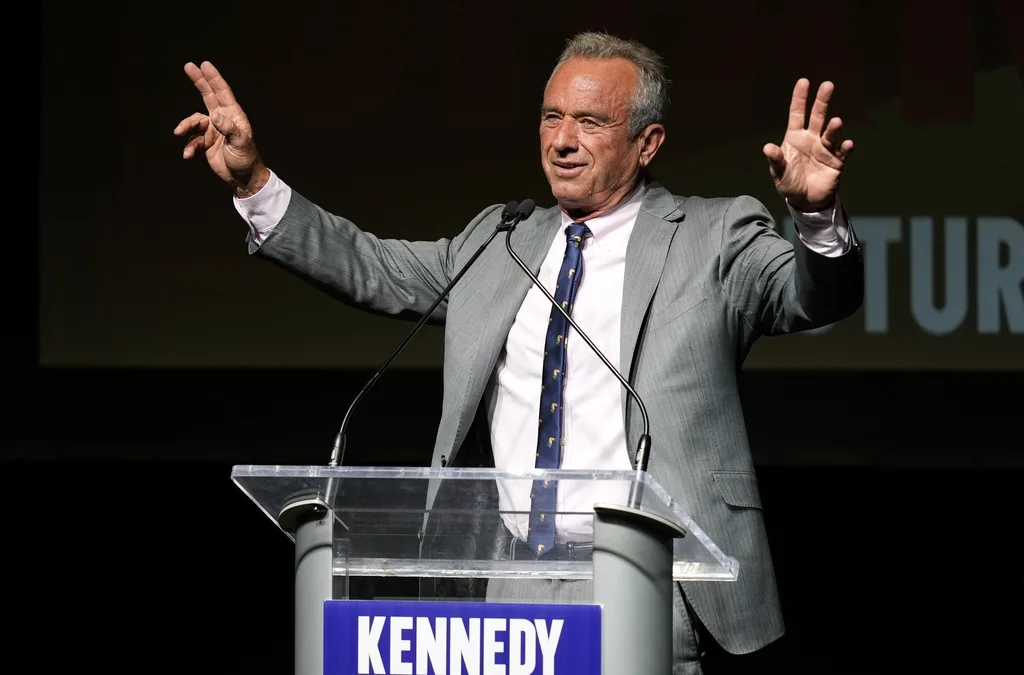
He said what? 10 things to know about RFK Jr.
The Kennedy family has long been considered “Democratic royalty.” But Robert F. Kennedy, Jr.—son of Robert F. Kennedy, who was assassinated while...

Here’s everything you need to know about this month’s Mercury retrograde
Does everything in your life feel a little more chaotic than usual? Or do you feel like misunderstandings are cropping up more frequently than they...
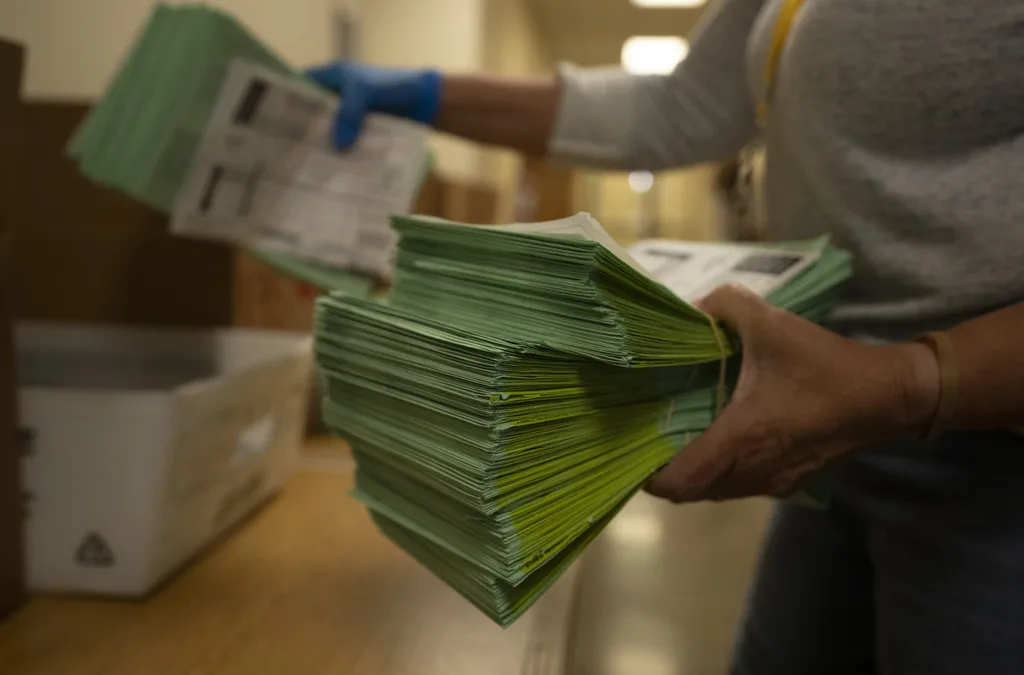
Arizona expects to be back at the center of election attacks. Its officials are going on offense
Republican Richer and Democrat Fontes are taking more aggressive steps than ever to rebuild trust with voters, knock down disinformation, and...
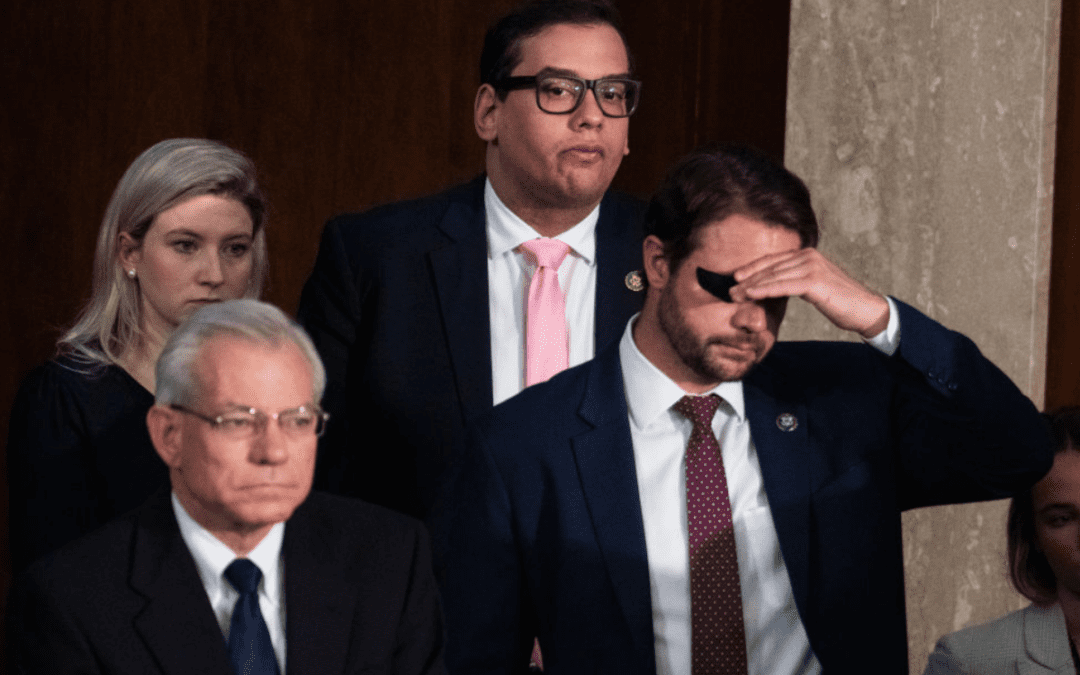
George Santos’ former treasurer running attack ads in Arizona with Dem-sounding PAC name
An unregistered, Republican-run political action committee from Texas with a deceptively Democratic name and ties to disgraced US Rep. George Santos...


